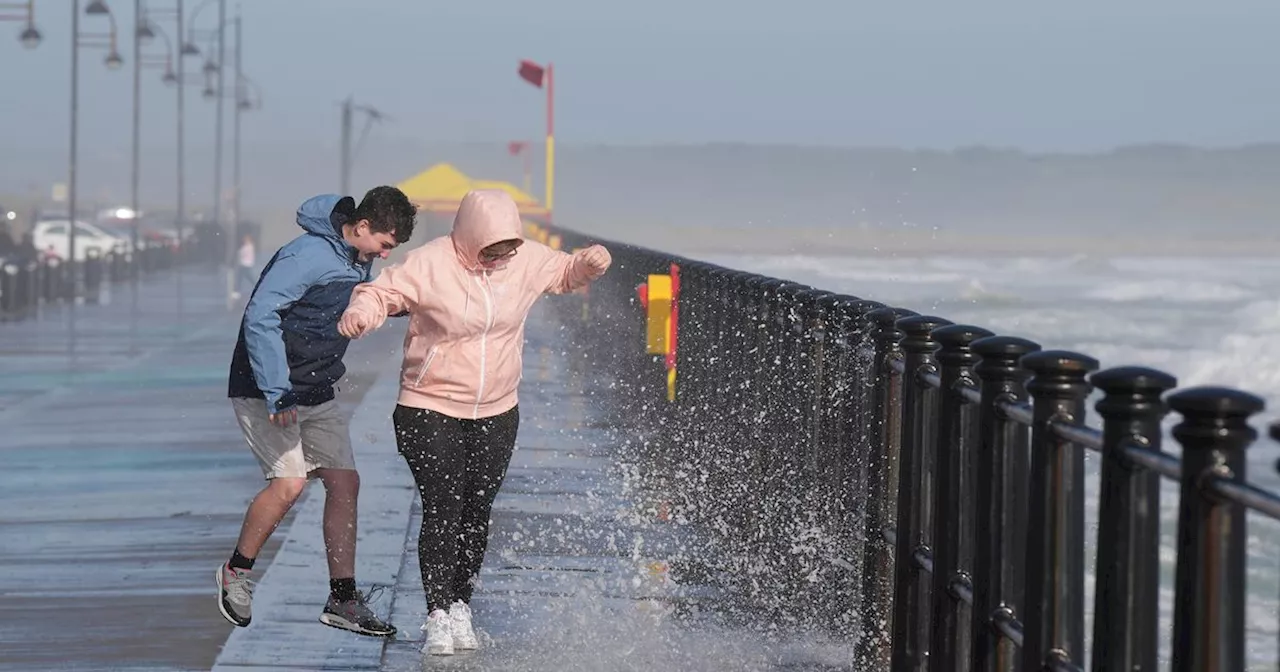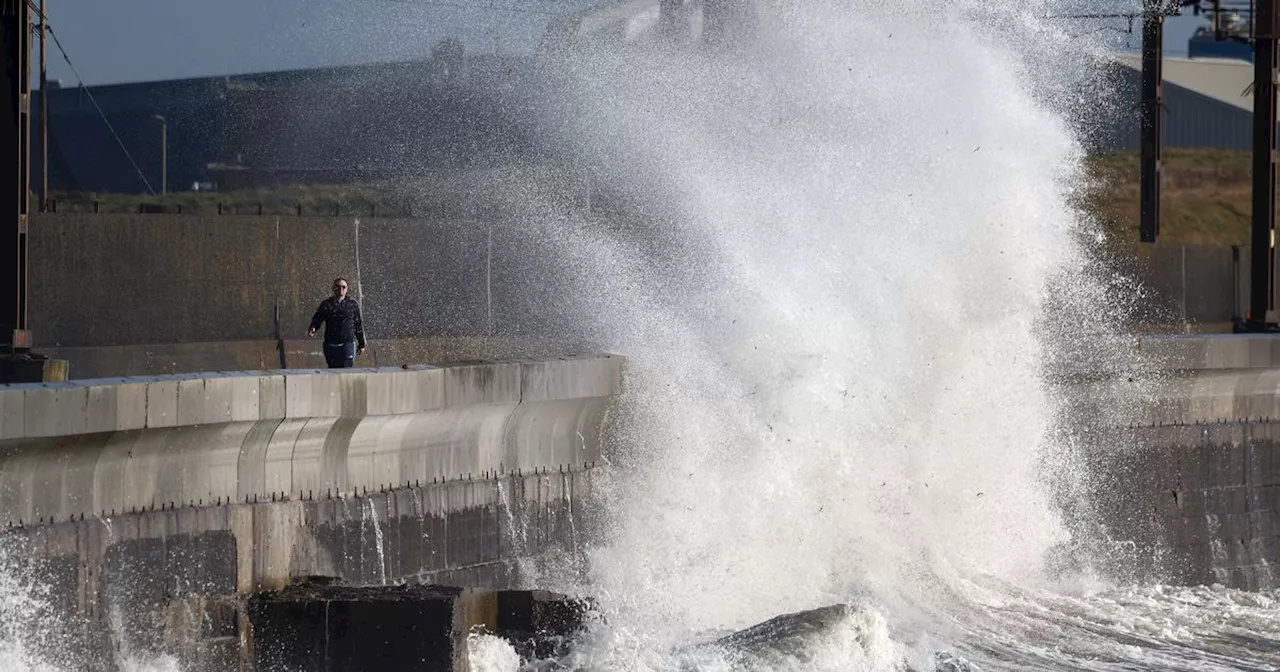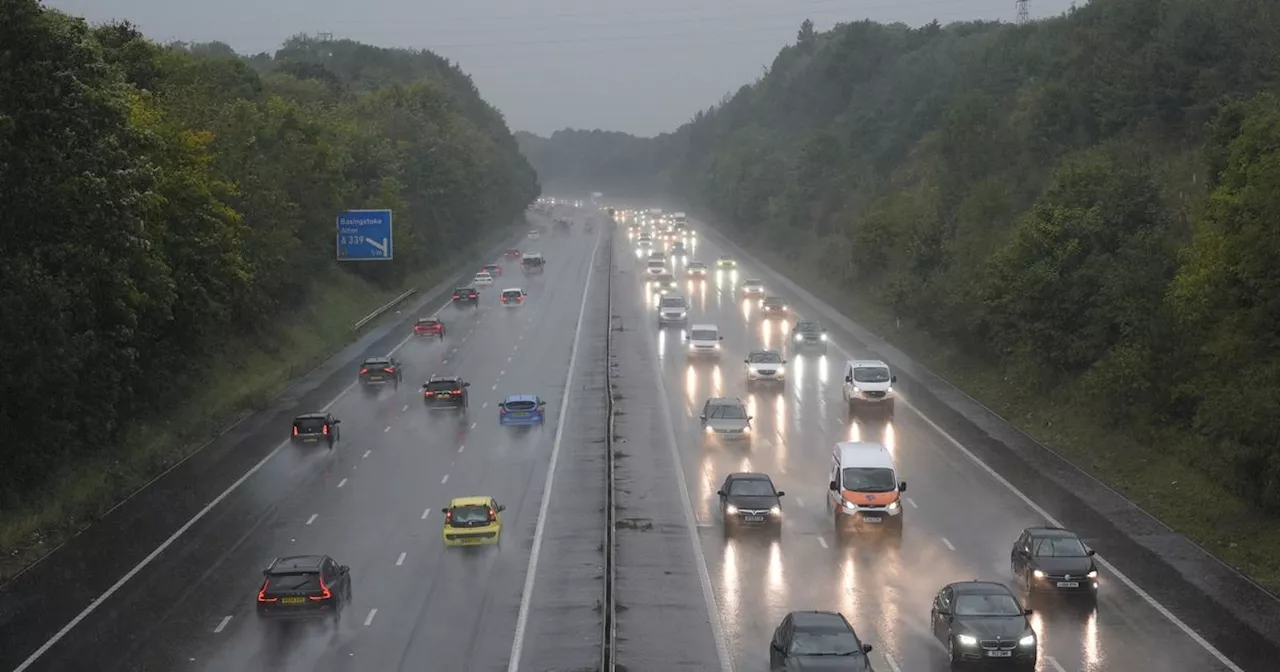A major Arctic storm is set to bring heavy snow and freezing temperatures to Scotland in the coming days, leading to widespread travel disruption. Weather maps indicate potential accumulations of up to 5 inches of snow, with temperatures plummeting as low as -1C in northern regions.
A major Arctic storm is rapidly approaching Scotland , threatening widespread snowfall and severe travel disruption s within the next few days. Weather maps from Ventusky paint a stark picture, displaying deep blue hues indicating potential accumulations of up to 5 inches of snow across Scotland . This arctic air mass is expected to sweep across the British Isles next week, bringing temperatures plummeting below freezing, with forecasts predicting lows of -1C in northern regions.
\Specifically, on Saturday, January 25th, 12cm of snow is predicted to fall between Inverness and Dundee in the Scottish Cairngorms, with surrounding areas experiencing temperatures between 0C and -1C. Regions north of Glasgow, including Craig, Fort William, and Strathyre, are also bracing for snowfall. The UK's northwestern regions, including Manchester and areas northwards to the Lake District, are also anticipated to experience snowfall from Friday, January 24th, into the weekend. WXCharts forecasts snow for Newcastle, Cardiff, Southampton, and west London during the following weekend. \Accompanying the snowfall will be a significant drop in temperatures, with an average minimum temperature of 0C projected across the UK. Exacta Weather forecaster James Madden predicts this cold snap will arrive next week following a brief period of milder weather. Madden warns that this could be the most severe cold spell yet, stating: 'We will see the cold and snow returning with a vengeance towards the end of next week and into late January and early February due to long-range and expected occurrences in the upper atmosphere that will effectively begin to drive this weather across our shores for the biggest sting of this winter to date in terms of cold and widespread snow for many parts of the UK and Ireland.' This prediction aligns with the Met Office's long-range forecast, indicating a risk of 'ice and snow' towards late January and early February. The forecast for Monday 27th January to Monday 10th February states: 'A dominant flow from the Atlantic looks likely to produce an unsettled, milder and windier than average period. This is likely to result in areas of rain and periods of stronger winds affecting most if not all parts of the UK at times, though with the wettest and windiest weather probably occurring towards the north and west. However, the potential for brief colder spells with associated frost, ice and snow remains, following any deep lows crossing the region.
Arctic Storm Scotland Snowfall Freezing Temperatures Travel Disruption UK Weather
United Kingdom Latest News, United Kingdom Headlines
Similar News:You can also read news stories similar to this one that we have collected from other news sources.
 Snow maps show when Arctic storm will bring widespread flurries to ScotlandWeather maps show a band of rain, sleet and snow will sweep south across the UK later this week along with plummeting temperatures.
Snow maps show when Arctic storm will bring widespread flurries to ScotlandWeather maps show a band of rain, sleet and snow will sweep south across the UK later this week along with plummeting temperatures.
Read more »
 Rain to batter Scotland as Met Office issues three-day yellow weather warningThe warning will be in place for three whole days - lasting until midday on Tuesday.
Rain to batter Scotland as Met Office issues three-day yellow weather warningThe warning will be in place for three whole days - lasting until midday on Tuesday.
Read more »
 Heavy rain to batter Scotland as Met Office issues three-day yellow weather warningThe warning will be in place for three whole days - lasting until midday on Tuesday.
Heavy rain to batter Scotland as Met Office issues three-day yellow weather warningThe warning will be in place for three whole days - lasting until midday on Tuesday.
Read more »
 Scotland's 17-hour wind warning with 60mph gales to batter 18 areasWinds are to strengthen through this afternoon, with travel disruption also expected.
Scotland's 17-hour wind warning with 60mph gales to batter 18 areasWinds are to strengthen through this afternoon, with travel disruption also expected.
Read more »
 Strong Winds to Batter Scotland Ahead of ChristmasTwo yellow weather warnings have been issued for wind in Scotland, impacting Christmas activities and travel plans.
Strong Winds to Batter Scotland Ahead of ChristmasTwo yellow weather warnings have been issued for wind in Scotland, impacting Christmas activities and travel plans.
Read more »
 Strong winds to batter Scotland as millions set to travel for ChristmasMuch of the UK is facing a windy weekend, with the Met Office issuing yellow weather warnings for wind in parts of the UK, including London and the North West
Strong winds to batter Scotland as millions set to travel for ChristmasMuch of the UK is facing a windy weekend, with the Met Office issuing yellow weather warnings for wind in parts of the UK, including London and the North West
Read more »
